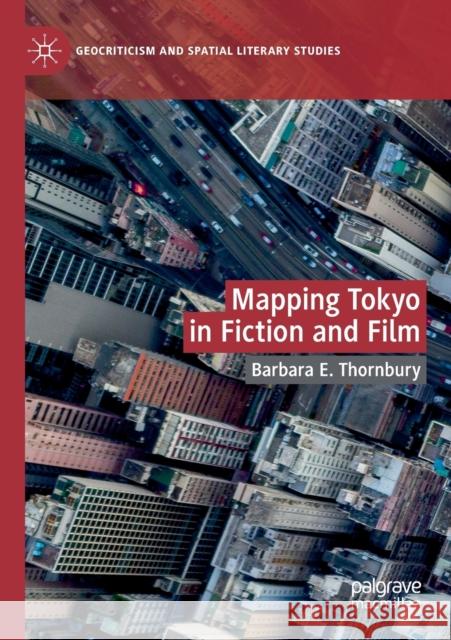Mapping Tokyo in Fiction and Film » książka
topmenu
Mapping Tokyo in Fiction and Film
ISBN-13: 9783030342784 / Angielski / Miękka / 2021 / 233 str.
Mapping Tokyo in Fiction and Film
ISBN-13: 9783030342784 / Angielski / Miękka / 2021 / 233 str.
cena 302,60 zł
(netto: 288,19 VAT: 5%)
Najniższa cena z 30 dni: 289,13 zł
(netto: 288,19 VAT: 5%)
Najniższa cena z 30 dni: 289,13 zł
Termin realizacji zamówienia:
ok. 22 dni roboczych
Bez gwarancji dostawy przed świętami
ok. 22 dni roboczych
Bez gwarancji dostawy przed świętami
Darmowa dostawa!
Kategorie:
Kategorie BISAC:
Wydawca:
Palgrave MacMillan
Seria wydawnicza:
Język:
Angielski
ISBN-13:
9783030342784
Rok wydania:
2021
Wydanie:
2020
Numer serii:
000755111
Ilość stron:
233
Waga:
0.31 kg
Wymiary:
21.01 x 14.81 x 1.37
Oprawa:
Miękka
Wolumenów:
01
Dodatkowe informacje:
Wydanie ilustrowane











